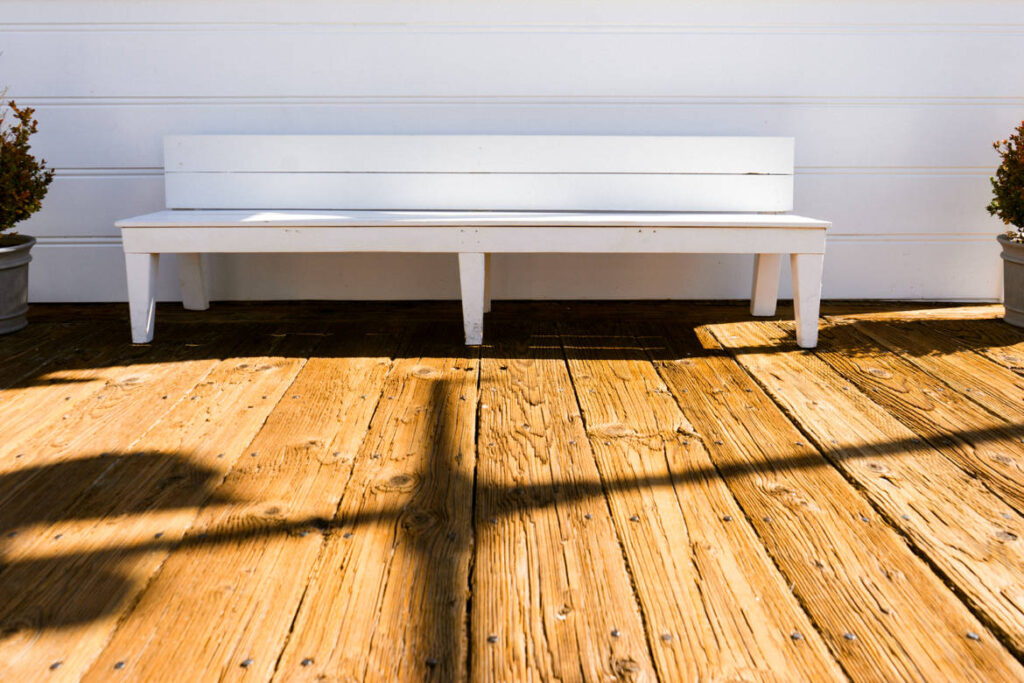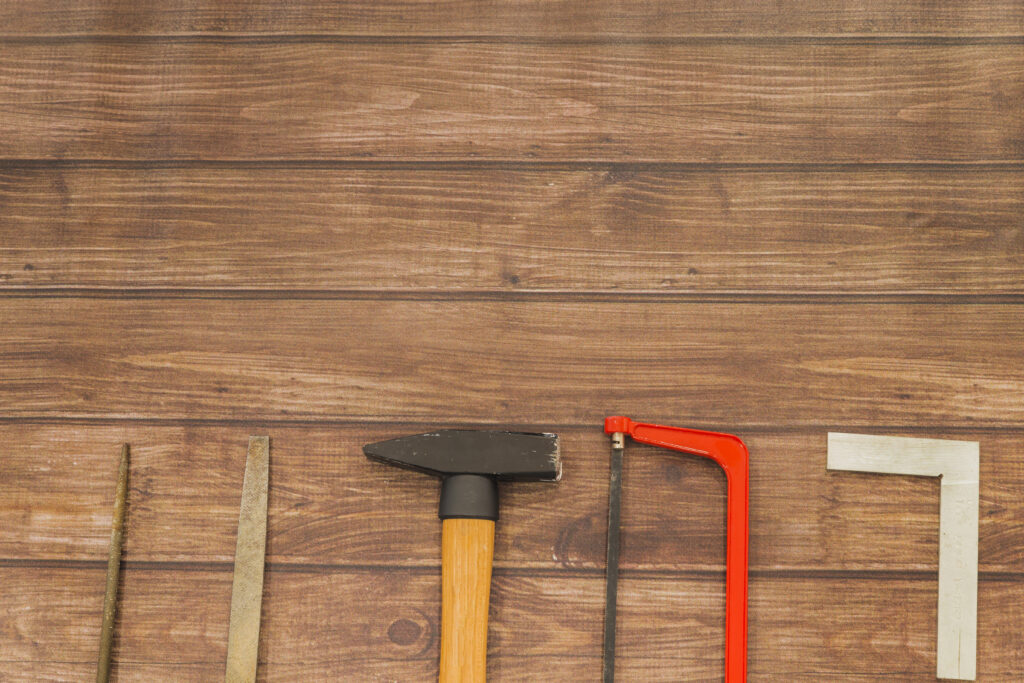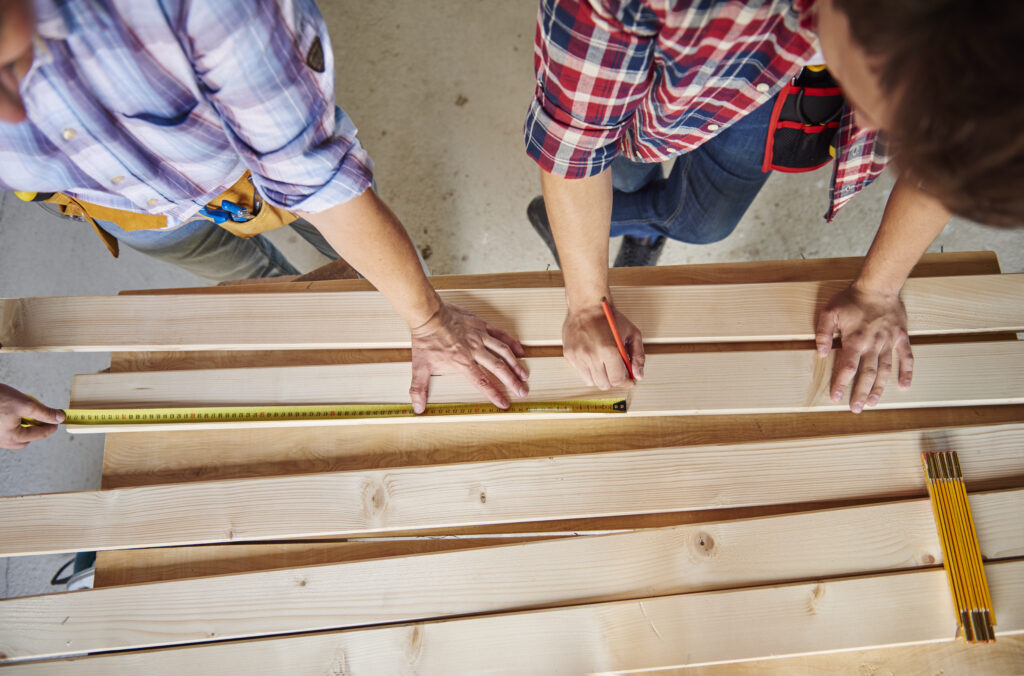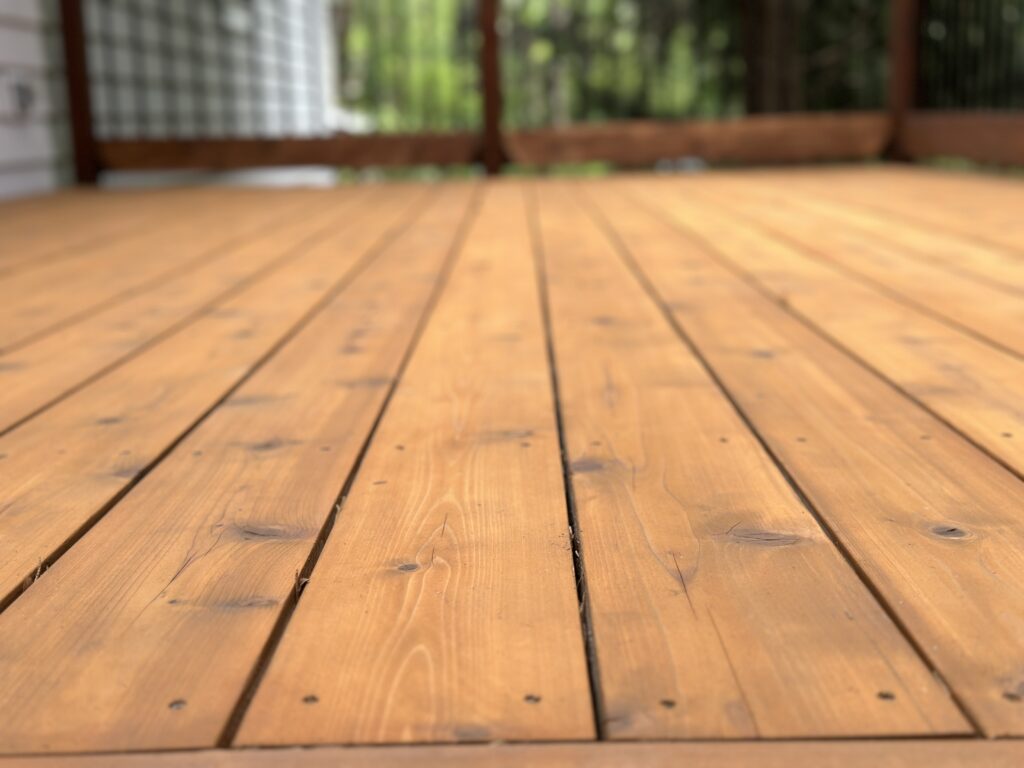Has your deck seen better days? You’re not alone. After a few seasons of sun, rain, and foot traffic, even the best-built outdoor spaces start to look a little worn out. Boards fade, stains peel, and what was once your favorite backyard hangout starts to feel tired and neglected.
But here’s the good news—you don’t need a full rebuild to make a big impact. With a little attention and the right strategy, you can bring that space back to life. From simple fixes to stylish new finishes, deck restoration and staining is one of the most effective ways to refresh your outdoor space just in time for warm weather.
In this guide, we’ll walk you through everything you need to know—from spotting signs of wear and choosing the right stain, to creative design ideas that will make your deck the star of your yard. Whether you’re a DIY weekend warrior or thinking about hiring a pro, you’ll find tips, inspiration, and expert advice to help you get the job done right.
Let’s get started—and get your deck looking better than ever.
Why Deck Restoration Is the Secret to a Better Backyard

Your deck is more than just a floor outside—it’s where summer memories are made. Whether you’re hosting a barbecue, relaxing with a book, or just enjoying your morning coffee, your deck plays a big role in how inviting and comfortable your outdoor space feels. That’s why deck restoration can be a total game-changer.
A lot of people think they need to replace their deck when it starts looking rough, but in most cases, a full replacement isn’t necessary. With the right tools and techniques, restoring your existing deck can breathe new life into the space without the hefty price tag of a rebuild.
What Happens When You Neglect Your Deck
Letting your deck go too long without maintenance doesn’t just affect how it looks—it can lead to bigger problems down the road. Over time, exposure to sun, rain, and temperature changes causes wood to crack, fade, and warp. Stains and sealants wear off, making your deck more vulnerable to water damage and mold. And small issues, like popped nails or splintered boards, can turn into safety hazards if left unchecked.
In short: the longer you wait, the more work (and money) it could take to fix.
Benefits of Restoring vs. Replacing
If your deck is structurally sound, deck restoration is often the smartest and most affordable way to improve your outdoor space. Here’s what makes it worth considering:
- Cost savings: Restoration is typically much cheaper than a full replacement.
- Faster results: A proper clean, repair, and stain job can be done in a weekend or two.
- Custom style: You can try new stain colors, finishes, or patterns for a completely fresh look.
- Eco-friendly: Reusing your existing materials cuts down on waste and saves resources.
The best part? A restored deck can look just as beautiful and feel just as new as a brand-new build—without tearing everything down.
So before you write off your tired-looking deck, consider what a thoughtful restoration could do. It’s one of the easiest ways to revive your outdoor space and make it a place you’ll love spending time again.
How to Know If Your Deck Needs Restoring

Not sure if your deck is due for a refresh? You’re not alone. It’s easy to get used to the gradual wear and tear that comes with time and weather. But a few clear signs can tell you when it’s time to stop putting it off and start planning your deck restoration project.
Here’s what to look for before you break out the pressure washer or call in a pro.
Common Signs of Deck Damage
Even if your deck is still standing strong, it might be quietly crying out for attention. Watch for these red flags:
- Faded or discolored wood: UV rays from the sun break down wood fibers and fade stain over time. If your deck looks dull or washed-out, it’s a sign the finish has worn off.
- Splintering boards: If walking barefoot feels risky, it’s time to sand and reseal.
- Water not beading: Try the “sprinkle test.” If water soaks into the wood instead of beading up, your sealant is gone and moisture can start causing damage.
- Peeling or flaking stain: This means the old finish is failing and the wood underneath is exposed.
- Loose nails or screws: Fasteners popping up can lead to tripping hazards and structural weakening.
- Mildew or mold growth: Shady spots and untreated wood are breeding grounds for mildew and algae, especially in humid climates.
If you spot any of these issues, don’t panic—it doesn’t necessarily mean a total rebuild. In many cases, they’re common signs that a solid deck restoration (cleaning, repairing, and staining) is all you need.
When to Repair vs. When to Restore
There’s a big difference between a deck that needs a little TLC and one that’s structurally unsound. If boards are rotting, support beams are soft, or the entire frame wobbles, it’s time to talk to a contractor about bigger repairs—or possibly replacement.
But if the foundation is still solid, restoring your deck is the smarter option. A good rule of thumb: if 80–90% of your deck is in decent shape, it’s worth restoring. That might mean replacing a few boards, sanding everything down, and applying a fresh stain and seal—but you’ll save time and money compared to starting from scratch.
And timing matters. The best season for deck restoration is typically spring or early summer—before the peak of outdoor entertaining, and while the weather is warm and dry enough for stains to properly cure.
Step-by-Step Guide to Deck Restoration (DIY or Pro)

Once you’ve spotted the signs of wear, it’s time to bring your deck back to life. Whether you’re going the DIY route or hiring a pro, the deck restoration process follows a few key steps—and doing them right makes all the difference.
Step 1: Clear the Deck
Remove all furniture, planters, and decor so you have a clean surface to work with.
Step 2: Deep Clean
Use a wood cleaner or deck wash to remove dirt, mildew, and old stain. A pressure washer on a low setting works well but use it carefully to avoid damaging the wood.
Step 3: Repair & Inspect
Replace damaged boards, tighten loose screws, and fix anything unsafe. Sand down rough spots to prevent splinters and ensure a smooth finish.
Step 4: Sanding (if needed)
If your old stain is peeling or the wood feels rough, sanding helps smooth the surface and prepares it for new stain. Use 60–80 grit sandpaper and always go with the grain.
Step 5: DIY or Hire a Pro
Staining can be a weekend DIY project, but if your deck is large or complex, a professional can save time and deliver flawless results.
Step 6: Apply Stain
Use a brush, roller, or stain pad for even coverage. Work with the grain and apply thin, even coats. Let it dry thoroughly—usually 24 to 48 hours.
With just a few steps, deck restoration can completely transform your outdoor space and make it look like new—without the cost of a full rebuild.
Fresh Deck Staining Ideas to Elevate Your Outdoor Space

Once your deck is cleaned up and prepped, the real fun begins—choosing a stain that brings your space to life. Deck Staining is more than just a final step in the deck restoration process; it’s your chance to add personality and style to your outdoor area.
This season, homeowners are leaning into a mix of natural and modern finishes. Warm, wood-toned stains never go out of style and are great for highlighting the grain of your deck boards while giving off that cozy, classic backyard vibe. If your home has a more contemporary look, you might be drawn to sleek gray washes or cooler tones that blend beautifully with minimalist landscaping and modern patio furniture.
For those looking to make a statement, two-tone designs are becoming increasingly popular. Think contrasting deck stain colors between the main deck surface and features like railings or built-in benches. It’s a simple way to add visual interest without being overwhelming—and it can make a basic deck look completely custom.
Of course, color is only half the equation. The right stain doesn’t just improve the look of your deck; it also protects it. A quality product will shield your boards from moisture, sun damage, and wear from regular foot traffic, helping your restoration work last longer and stay looking fresh throughout the seasons.
Whether you want something bold or more natural, there’s no shortage of ways to bring character back to your outdoor space. With the right stain choice, your newly restored deck will not only look brand new—it’ll feel like a space you’re excited to use again.
Also read: Best Way to Prep for Deck Staining: Expert Tips & Steps
Choosing the Right Stain for Your Deck

Picking the right stain is one of the most important decisions you’ll make during your deck restoration. It’s not just about color—it’s about protection, durability, and how much of the natural wood you want to show. And with so many options on the market, it’s easy to feel overwhelmed.
One of the first choices you’ll need to make is between oil-based and water-based stains. Oil-based options tend to penetrate deeper into the wood and often last a bit longer, making them a solid choice for older or heavily used decks. Water-based stains, on the other hand, are easier to clean up, more eco-friendly, and dry faster—ideal if you’re working within a tight weekend window or want a lower-odor option.
Then there’s the question of transparency. Clear and semi-transparent stains let the wood grain shine through, offering a natural look while still providing protection. Solid stains, by contrast, cover the wood more like paint and are great for hiding flaws in older decks while offering strong UV resistance.
No matter what you choose, the key is to make sure your stain is rated for outdoor use and provides moisture and sun protection. Your climate and how much direct sunlight your deck gets can also guide your choice.
The right stain doesn’t just make your deck look great—it seals in all the hard work you’ve done. It’s the finishing touch that help your restoration last longer and stay beautiful, no matter what the weather throws at it.
Bring Your Deck—and Your Outdoor Space—Back to Life
A tired, weather-worn deck doesn’t mean you need to start from scratch. With the right approach, a little effort, and the right stain, deck restoration can completely transform your outdoor space into something you’ll love using again and again.
We’ve covered everything from spotting the early signs of wear to choosing stain colors that suit your style. You’ve learned what goes into a proper restoration, how to avoid common mistakes, and how to keep your deck looking great long after the work is done.
Whether you’re planning a DIY weekend project or thinking about calling in a pro, restoring your deck is one of the smartest ways to upgrade your home’s outdoor living potential—without the cost of a full rebuild.
Now that you know what to look for and what steps to take, it’s the perfect time to get started. Check out more of our expert tips, explore stain inspiration, or connect with trusted local pros who can help bring your deck back to life. Your backyard deserves it—and so do you.